-
 1
1
Case Number : Case 1466 -06 February Posted By: Guest
Please read the clinical history and view the images by clicking on them before you proffer your diagnosis.
Submitted Date :
Case History: M90. ?SCC vertex of scalp
Case posted by Dr Richard Carr
Case posted by Dr Richard Carr



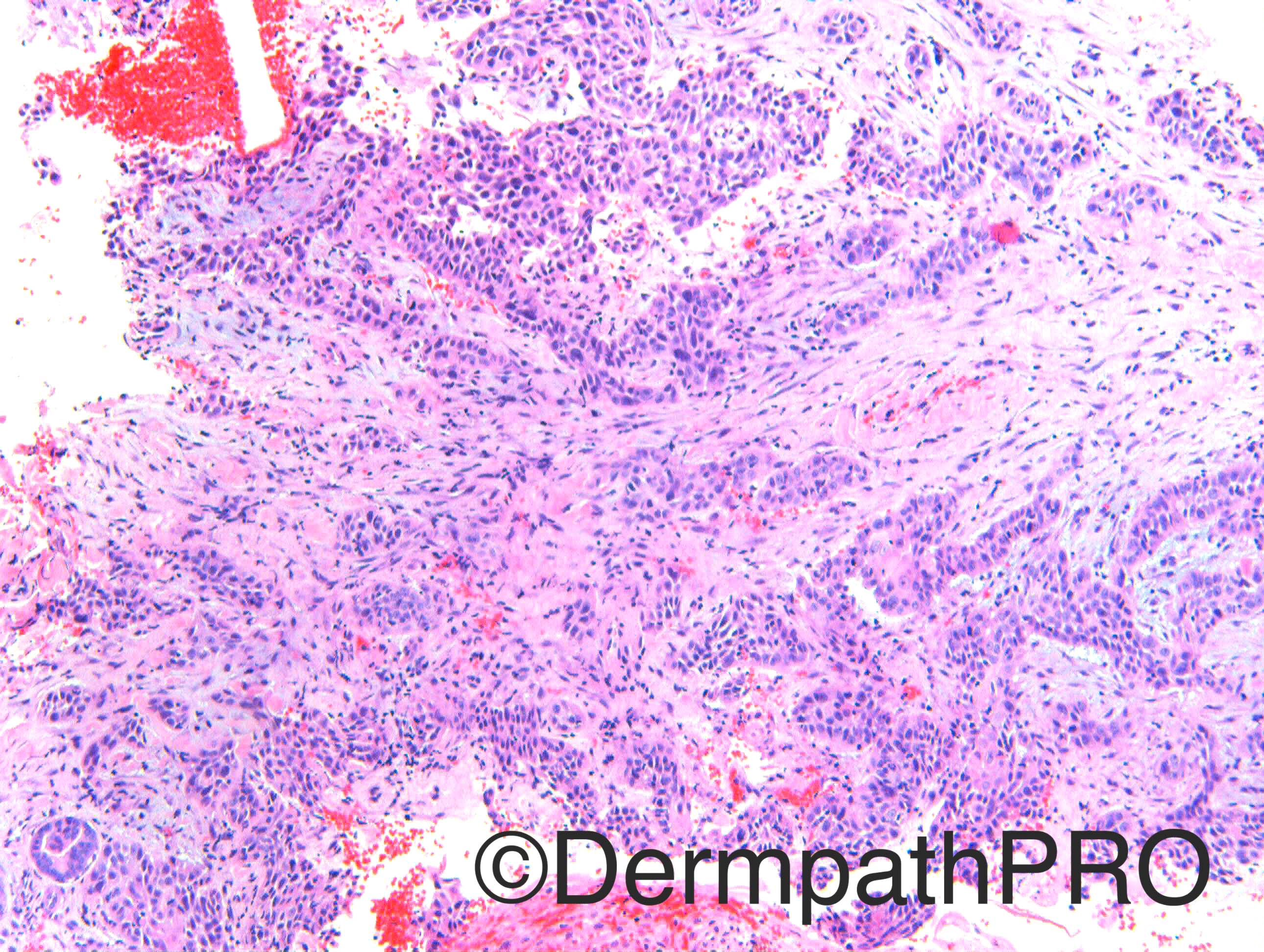
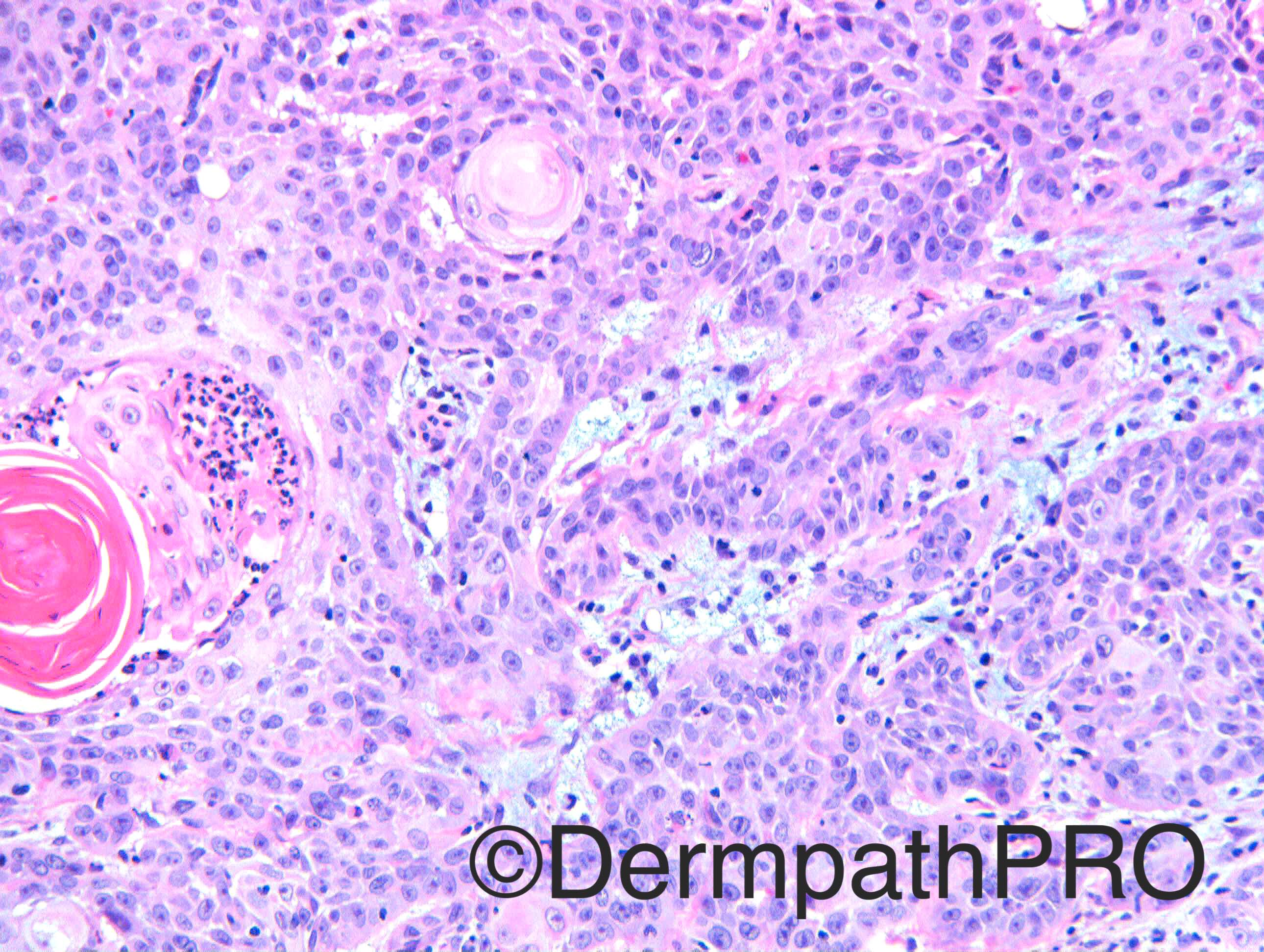

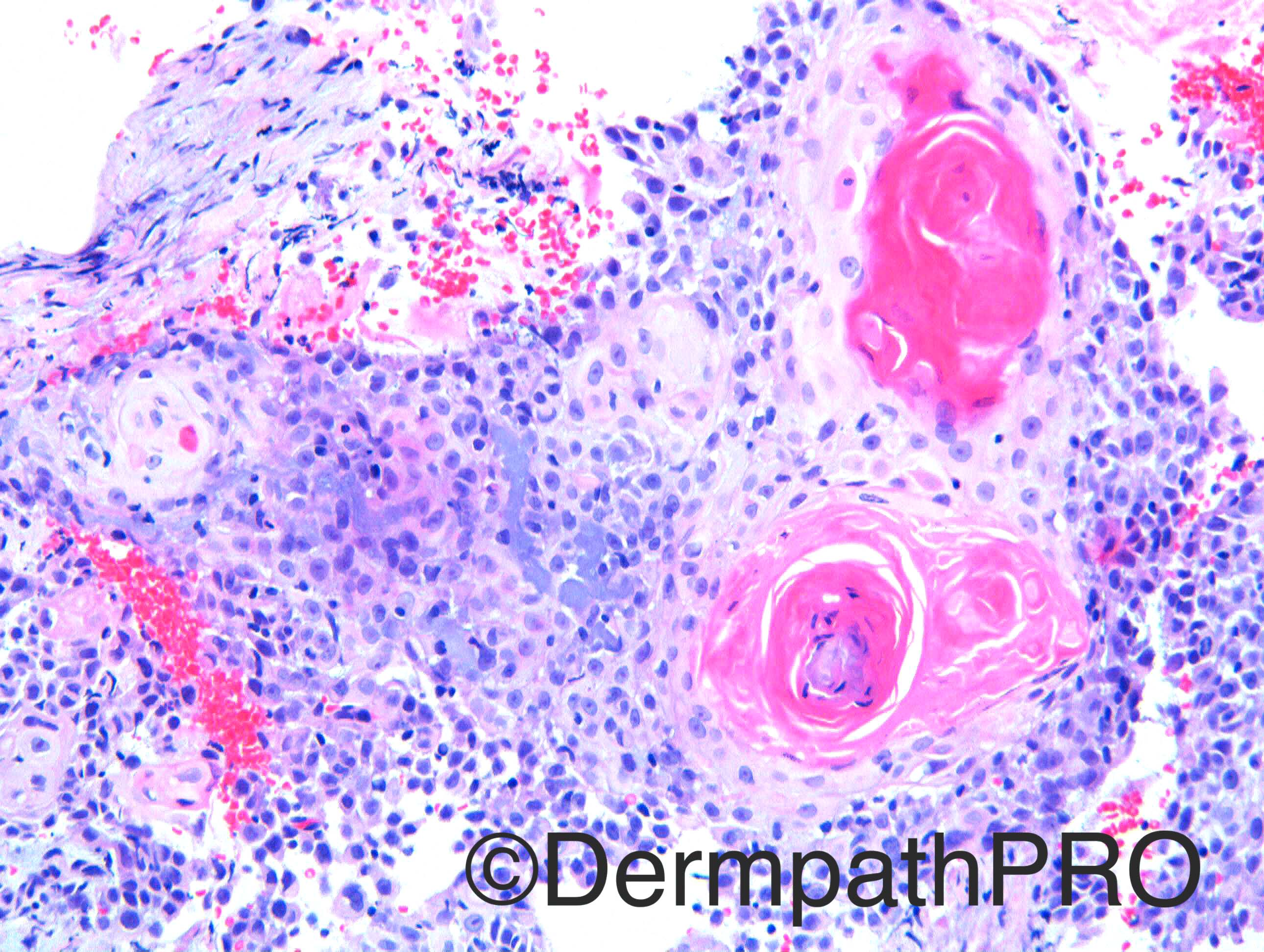


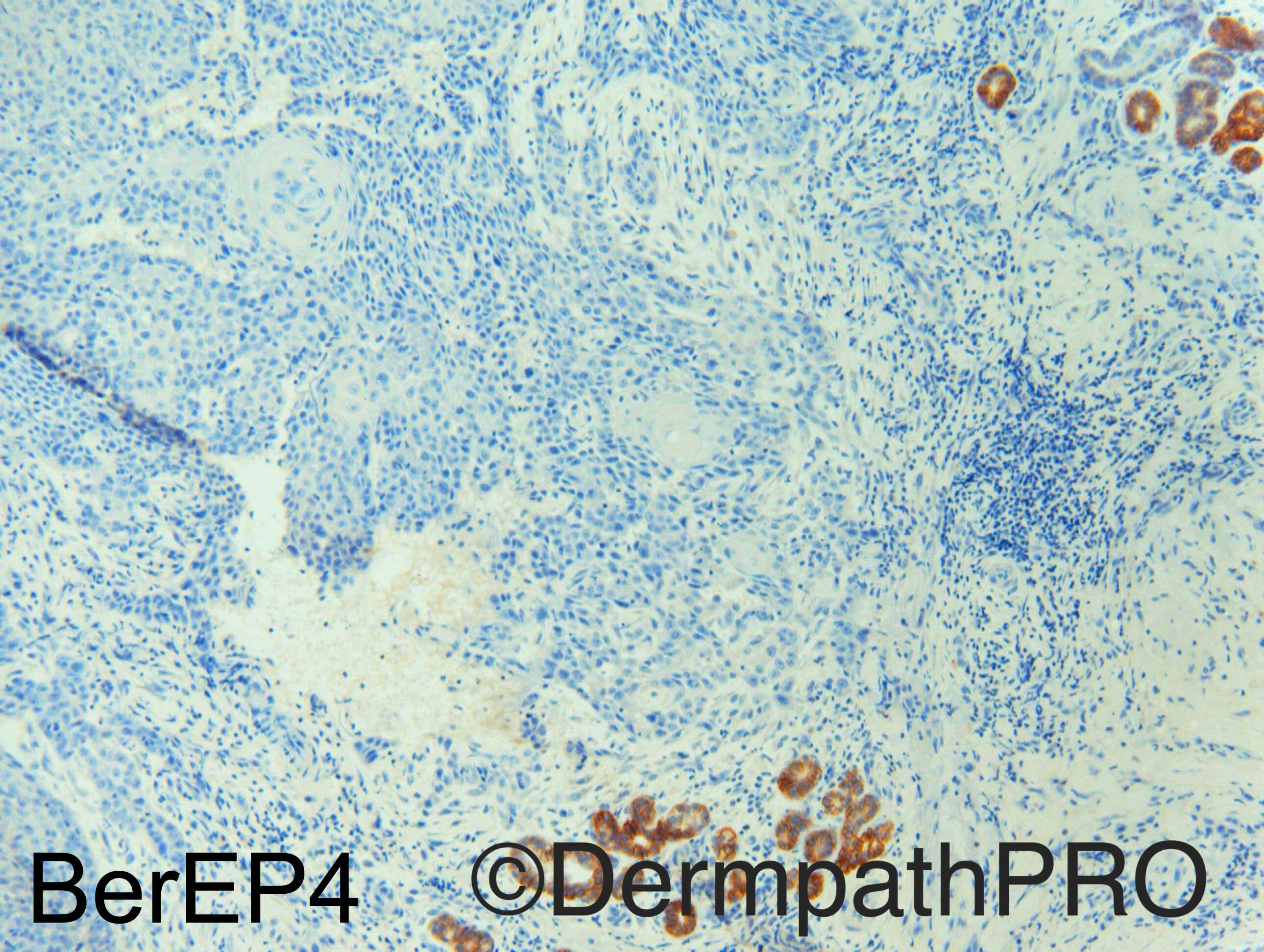
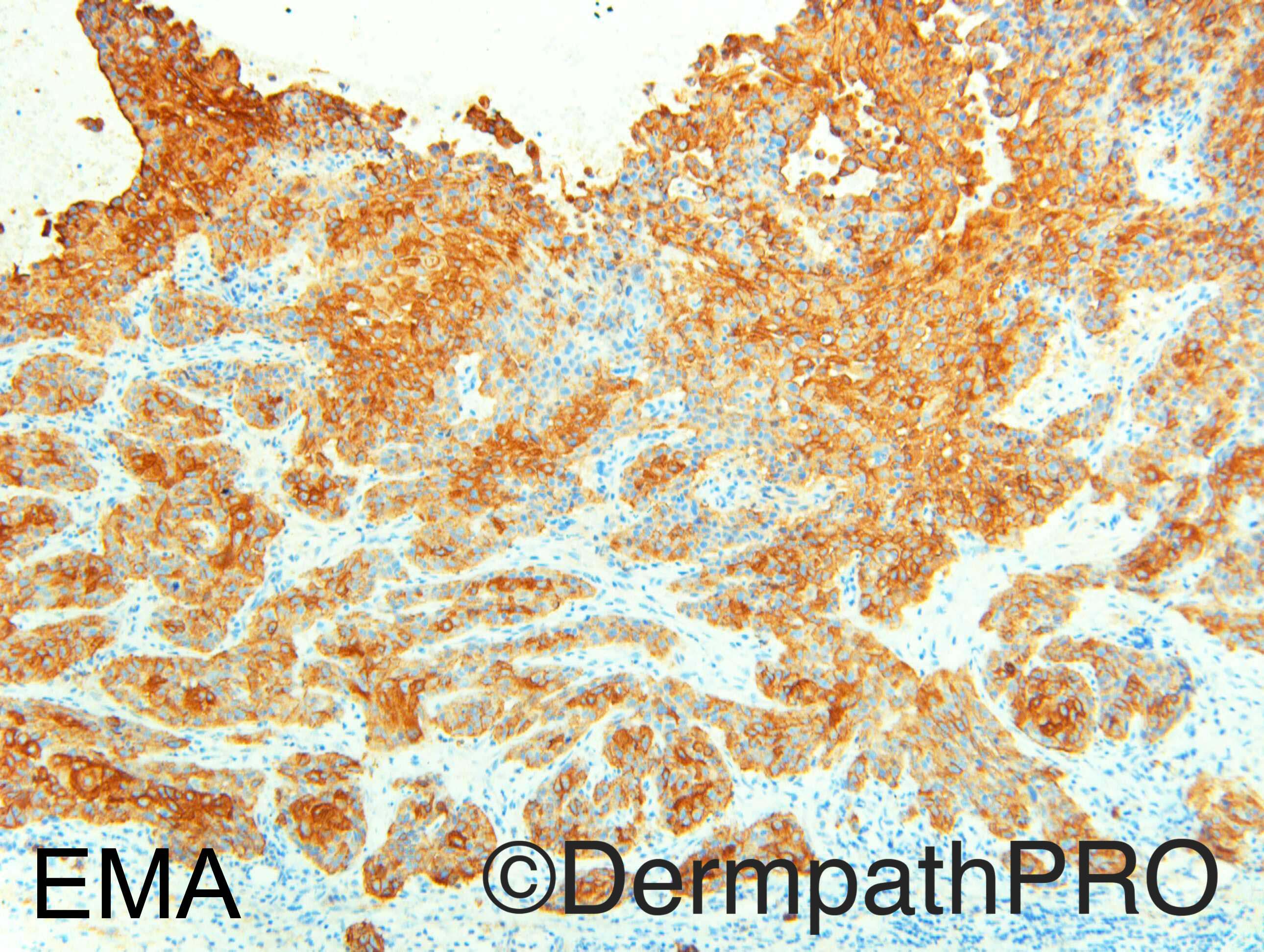
Join the conversation
You can post now and register later. If you have an account, sign in now to post with your account.